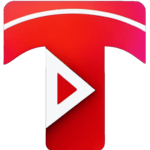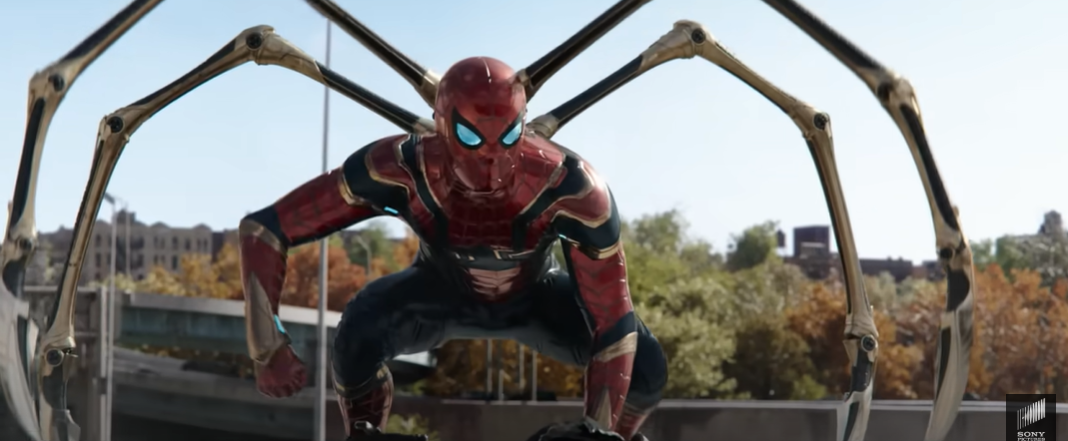- Tubelator AI
- >
- Videos
- >
- Education
- >
- How to draw a network graph/diagram (with dummy activities) given the activity table (example 2)
How to draw a network graph/diagram (with dummy activities) given the activity table (example 2)
© The Maths Studio (themathsstudio.net)
Here are the steps to manually draw a network graph from an activity table:
1. **Create an Activity Table (if not provided):**
Begin by setting up a table that lists all the activities or tasks for your project. Each row represents a specific task, and include columns for the task name, duration, and any dependencies. You might use a piece of paper or a whiteboard for this.
2. **Draw Nodes/Vertices (Circles or Rectangles):**
For each activity in your table, draw a node on your paper or whiteboard. These nodes are usually represented as circles or rectangles and should be labelled with the task name. Leave space between nodes for connecting arrows.
3. **Identify Dependencies/Predecessors:**
Look at your table to identify task dependencies. If one task must be completed before another can start, draw an arrow connecting the two corresponding nodes. The arrow should point from the predecessor task to the successor task, indicating the flow of work.
4. **Add Duration Estimates:**
Beside each node, note the estimated duration for that task. This helps in planning the project timeline.
5. **Critical Path Analysis:**
Analyse your network graph to identify the critical path. The critical path is the longest path through the network and represents the minimum time needed to complete the project. It's important for scheduling and resource allocation.
6. **Review and Refine:**
Double-check your network graph for accuracy. Make sure all dependencies are correctly represented and that it accurately reflects your project's structure.
7. **Enhance with Details:**
If needed, you can add additional information to your graph, such as task dependencies with lag times, resources assigned to each task, or other relevant details.
8. **Use Software Tools (Optional):**
While manual drawing is a good way to understand the basics of network diagrams, you might consider using project management software like Microsoft Project or other specialised tools to create more sophisticated and easily updatable network diagrams.
Creating a network graph manually can be a helpful visual aid for project planning and management in various industries, including construction, engineering, and event planning.
Video Summary & Chapters
No chapters for this video generated yet.
Video Transcript
let's have a look at example 2 which
involves converting an activity table
into a network directed network diagram
this is similar to example 1 all I've
done is I've changed some of the
predecessors to see what what effect it
would have on the network diagram so if
you look at example 1 already be good to
compare example 2 now to example 1 so
let's start activity activities aim B do
not have any predecessors so why don't
we start off with our starting vertex
and drawing now two activities amb
ok so they're done now activity C and D
depend on a and B being completed ok so
what you'll notice is that with pretty
in the predecessor column if you have
two vertices listed in the one row it
means that they somehow have to join
together now we can't have a joining on
to be directly because that would create
a multiple edge we're not allowed to do
that ok remember we can't have this sort
of situation where you have two vertices
basically connected via multiple edges
ok so that's not allowed so what we're
gonna do is were going to use a dummy
dummy activity connecting a with B now
now that is joined back onto B we can
now draw in activities C and D ok
okay there's activity sanding okay
branching off the branching off aim B
now Edie depends on D but F depends on C
and D okay so what I'm going to do is
I'm going to draw activity activity E
joining onto activity C okay this way so
this is activity okay so if you're not
convinced okay so B because I am B join
here at this vertex from this vertex C
and it branches off to activity C and D
which is correct e e comes off too so at
the end of D we we draw a me now F
cannot continue unless seam a completes
and other words when C reaches this
vertex and ear which is this vertex then
we can start activity F so there is our
activity F there and this is the finish
and this is the network diagram for
activity two


 Install Tubelator On Chrome
Install Tubelator On Chrome






